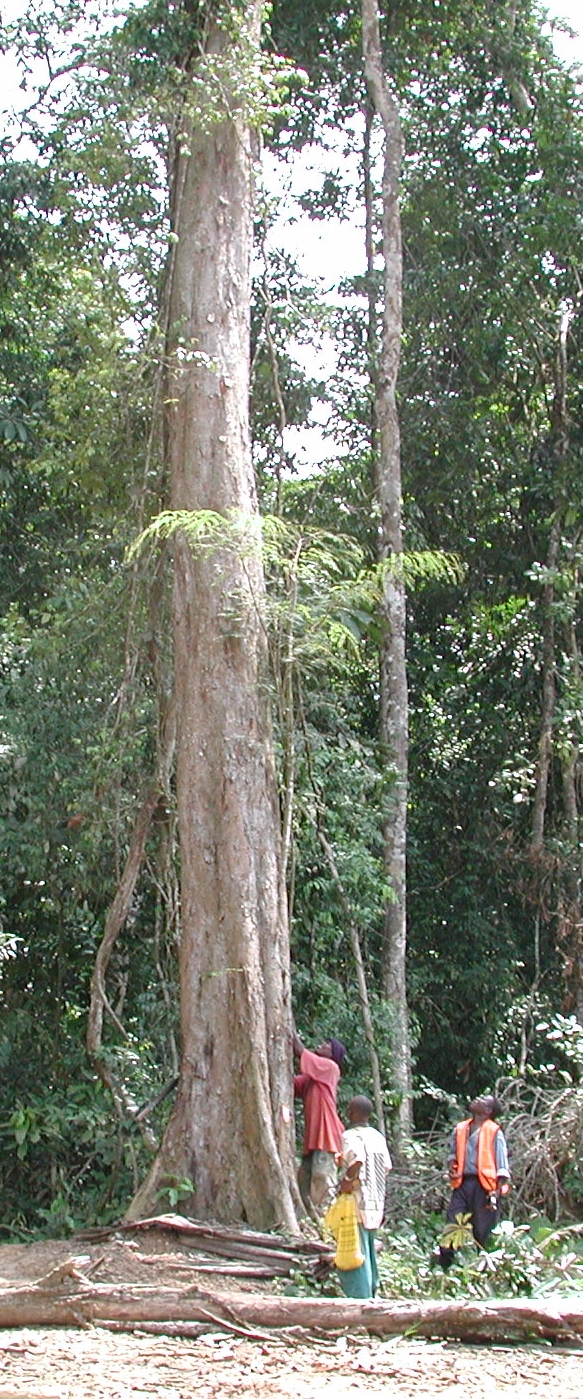Guest post by Monika Lipińska, academic editor and contributing author of Biodiversity Research in Central America.
Central America, a region brimming with ecological richness and diversity, presents a unique and complex tapestry of life. From its dense tropical forests and majestic mountain ranges to its vibrant coastal ecosystems and intricate freshwater networks, Central America is a biological treasure trove. The region’s varied habitats support an incredible array of species, many of which are endemic and face critical conservation challenges.
Biodiversity Research in Central America is a special issue in the open-access journal Neotropical Biology and Conservation, consisting of articles that highlight the breadth and depth of contemporary research across this biodiverse region. Each article sheds light on different aspects of the flora and fauna, offering insights into the ecology, behavior, and conservation of various species and ecosystems. The research presented here not only enhances our understanding of Central America’s natural wealth but also underscores the urgent need for effective conservation strategies to preserve it.
The articles
Ocelot (Leopardus pardalis) Breeding Effort and Productivity for Seasonal Tropical Forests on the Central Mexican Pacific

The opening article examines the reproductive ecology of ocelots in a specific tropical forest, providing valuable data on their breeding success and the environmental factors that influence it.
DOI: https://doi.org/10.3897/neotropical.19.e114194
New Records of Neogale frenata and Potos flavus from Sierra Madre de Oaxaca, Mexico

New occurrences of these elusive species are documented, expanding our knowledge of their distribution and highlighting the importance of ongoing field surveys.
DOI: https://doi.org/10.3897/neotropical.19.e117799
New Records of Two Marsupials (Didelphimorphia, Didelphidae) and Conservation Notes from Southern Mexico

Researchers present new findings on marsupial species, offering critical insights into their habitats and the conservation challenges they face in this region.
DOI: https://doi.org/10.3897/neotropical.19.e119836
The Amphibians and Reptiles of Cusuco National Park: Updates from a Long-Term Conservation Programme

Years-long conservation efforts in Cusuco National Park, Northwest Honduras, are detailed in this article, showcasing the dynamic changes and conservation successes in this biodiverse area.
DOI: https://doi.org/10.3897/neotropical.19.e120902
A Record of a Non-Fatal Attack of an American Crocodile (Crocodylus acutus) in the ‘Rio Segovia’ on the Honduras-Nicaragua Border

Researchers provide a unique case study of human-wildlife interactions, emphasizing the importance of understanding and managing these encounters.
DOI: https://doi.org/10.3897/neotropical.19.e120434
Trophic Ecology and Trophic Niche Overlap of Two Sympatric Species of Rhamdia (Siluriformes: Heptapteridae) from Northeast Oaxaca, Mexico

Exploring the dietary habits and ecological relationships between these catfish species, this article contributes to our understanding of aquatic ecosystems.
DOI: https://doi.org/10.3897/neotropical.19.e119908
Interaction Intensity as Determinant of Geographic Range Overlap Between Ant-Following Birds and Army Ants

Researchers delve into the fascinating interactions between birds and their insect prey, revealing how these dynamics shape species distributions.
DOI: https://doi.org/10.3897/neotropical.19.e117386
Ants in the Clouds: A Preliminary Checklist of the Ant (Hymenoptera, Formicidae) Fauna of a Honduran Cloud Forest Ecosystem, Featuring a Key to Country Genera

In this article, the diverse ant fauna of a cloud forest is cataloged, providing a foundation for future ecological and taxonomic studies.
DOI: https://doi.org/10.3897/neotropical.19.e119775
The Poorly-Known Amblypygid Fauna (Arachnida, Amblypygi) of Honduras, Central America: An Overview

An overview of this lesser-studied arachnid group, highlighting their ecological roles and the need for further research.
DOI: https://doi.org/10.3897/neotropical.19.e113507
Pollination of Guatemalan Orchids – State of Knowledge

A review of current understanding and gaps in the study of orchid pollination, emphasizing the intricate relationships between plants and their pollinators.
DOI: https://doi.org/10.3897/neotropical.19.e119499
A Preliminary Assessment of Water Quality in Silvopastoral Systems of Panama’s Dry Tropical Forest

Researchers assess the impacts of land-use practices on water quality, providing insights into sustainable agricultural practices.
DOI: https://doi.org/10.3897/neotropical.19.e111865
Dispersal Capacity as Assessed by Distance-Decay Relationships is Lower for Aquatic Shredder Insects than Aquatic Non-Shredder Insects in a Neotropical River Network

The dispersal abilities of aquatic insects are compared in this paper, highlighting the factors influencing their distribution patterns.
DOI: https://doi.org/10.3897/neotropical.19.e111865
The Trichoptera of Panama XXVII. The Third Benchmark—A Waypoint to the Future

This research marks a significant milestone in the study of caddisflies, summarizing progress and future directions in this field.
DOI: https://doi.org/10.3897/neotropical.19.e113487
Gradual Change and Mosaic Pattern of Macrofaunal Assemblages Along Depth and Sediment Gradients in a Tropical Oceanic Island

An exploration of the complex patterns of marine life distribution, providing insights into the factors shaping these communities.
DOI: https://doi.org/10.3897/neotropical.19.e117876
Marine Nematodes of Costa Rica: State of the Art

Finally, this paper reviews the current knowledge of these important but often overlooked organisms, emphasizing their ecological significance and the need for further research.
DOI: https://doi.org/10.3897/neotropical.19.e115345
–
Together, these articles represent a significant contribution to the field of biodiversity research in Central America. They underscore the importance of continued scientific exploration and conservation efforts to protect the rich natural heritage of this remarkable region. We hope that this special issue will inspire further research and action to preserve Central America’s biodiversity for future generations.
Follow Neotropical Biodiversity and Conservation on social media:































